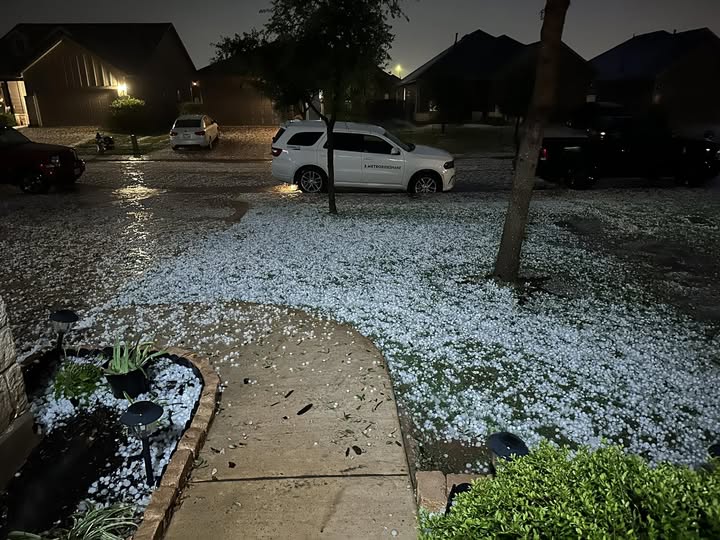A devastating hailstorm recently struck parts of the central United States, causing extensive damage to tens of thousands of homes and vehicles. In Minnesota, early estimates suggest that between 50,000 to 70,000 homes were affected, with some areas experiencing hailstones measuring one to three inches in diameter .
The storm’s impact was particularly severe in regions stretching from Plymouth through South St. Paul. Residents reported scenes reminiscent of winter, with hail accumulating like snowdrifts. One homeowner described the intensity: “I was afraid it was going to break my windows because it was just hitting so hard.” Roof inspections revealed significant damage, with shingles compromised by the relentless hailstones.
This event is part of a broader trend of increasingly severe hailstorms across the U.S. In 2023 alone, hail affected over 23 million homes nationwide, with more than 850,000 homes experiencing hail larger than two inches in diameter . States like Texas, Colorado, Illinois, Oklahoma, and Missouri were among the hardest hit.
The financial ramifications are substantial. For instance, a hailstorm in Colorado Springs in July 2016 resulted in over $352 million in insurance claims, damaging more than 84,000 cars and homes . Similarly, a 2016 hailstorm in San Antonio caused nearly $1.4 billion in damages, marking it as one of the costliest in Texas history .
As climate patterns shift, the frequency and severity of such storms are expected to rise, underscoring the need for improved infrastructure resilience and preparedness measures.

Leave a Reply